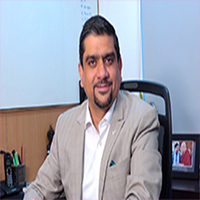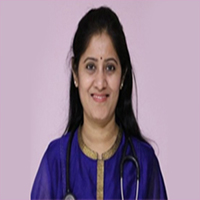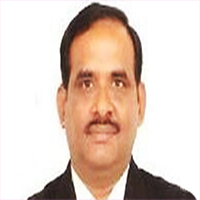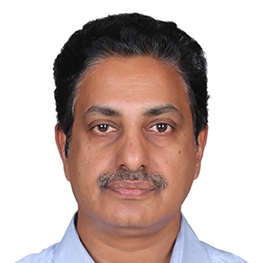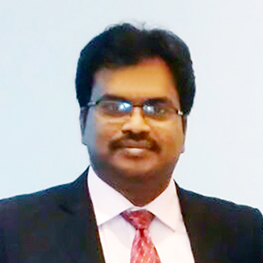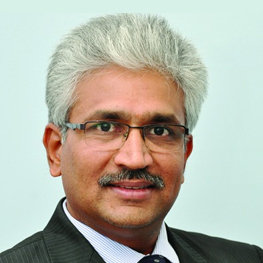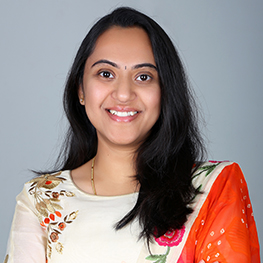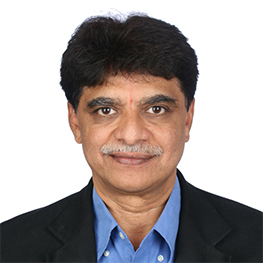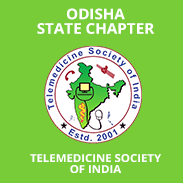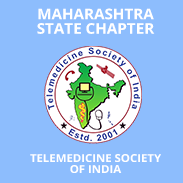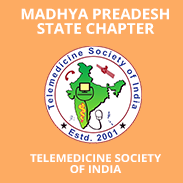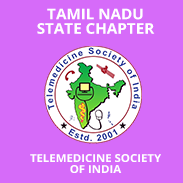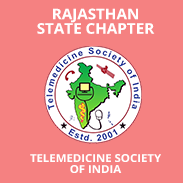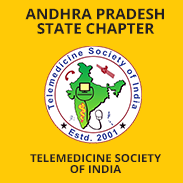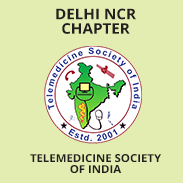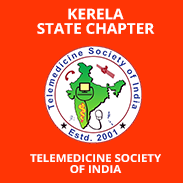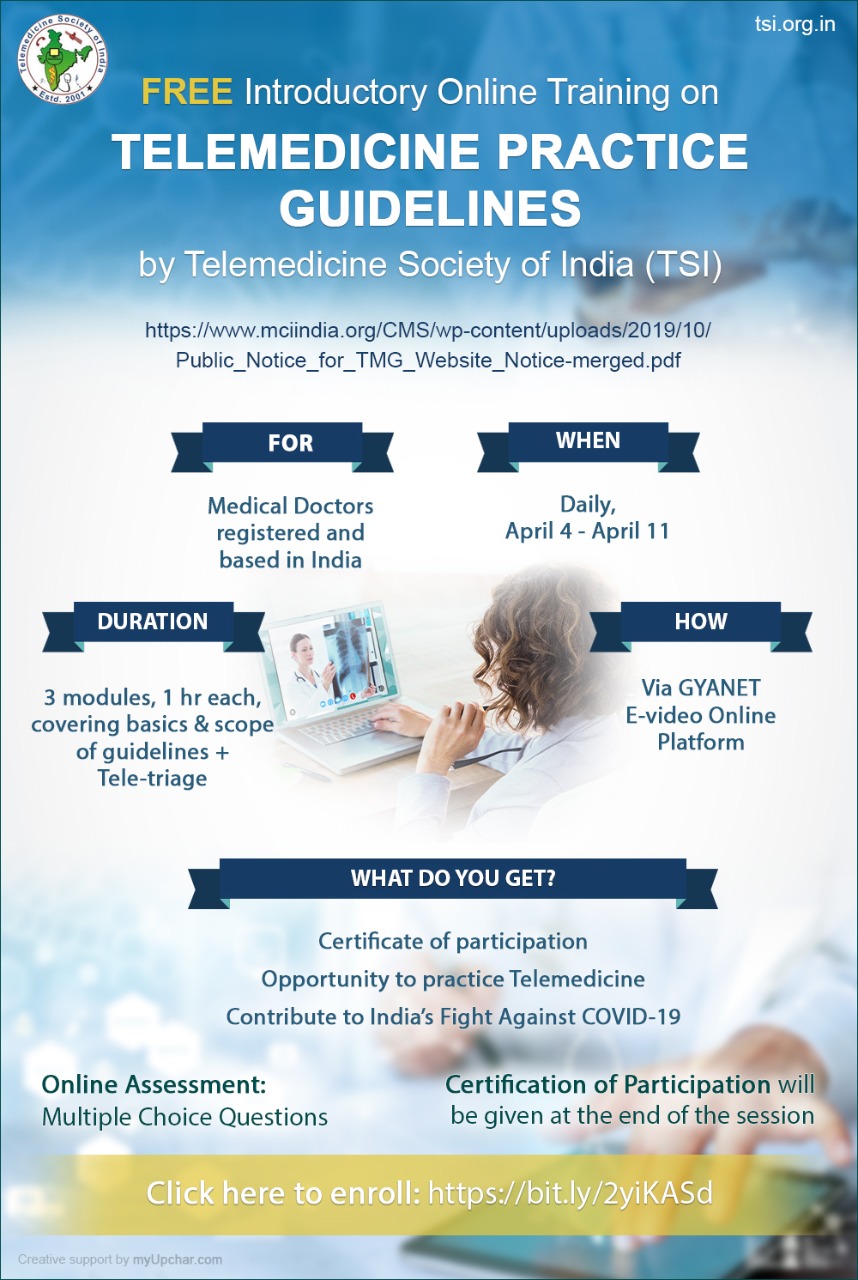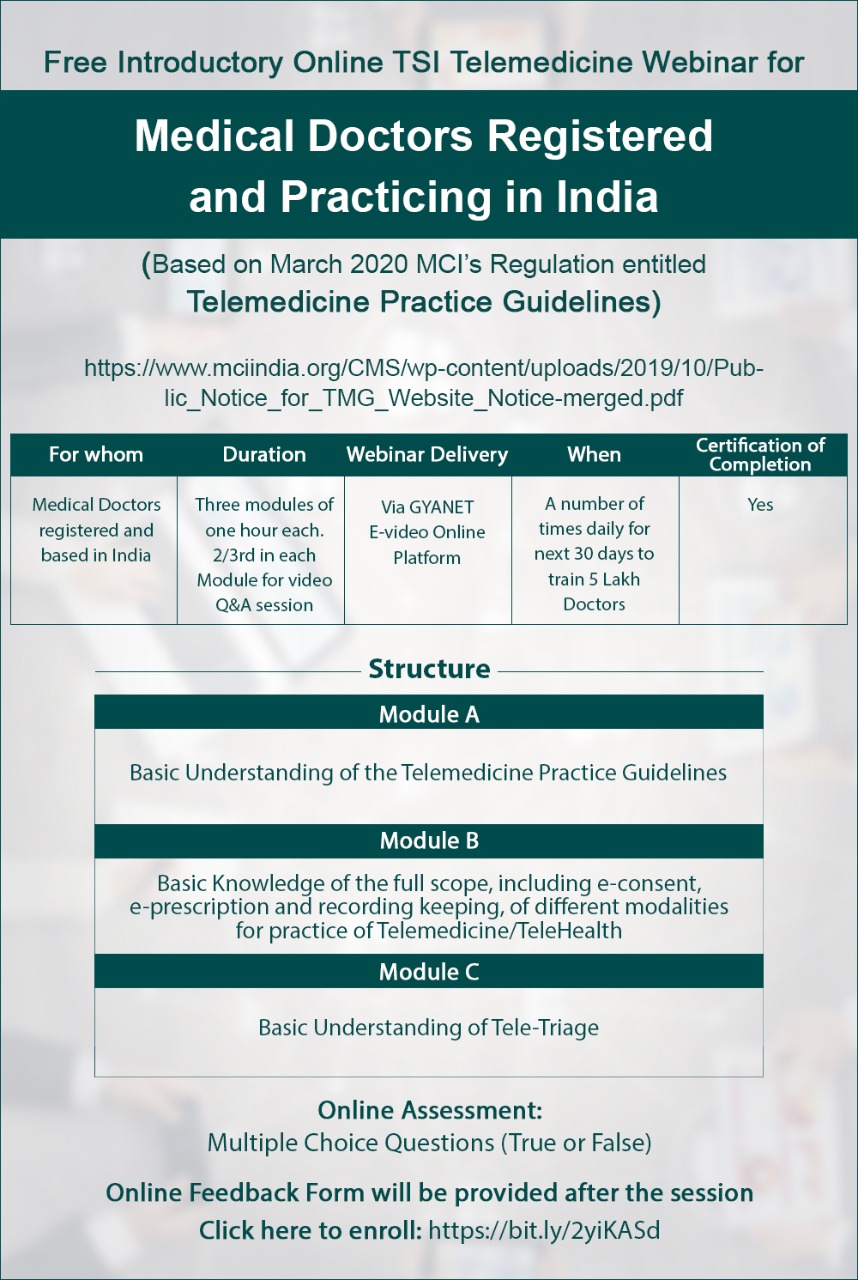
TSI - TELANGANA
Telemedicine Society of India - Telangana Chapter was established under the dynamic leadership of president of TSI, Major Gen (Retd.) A K Singh, Hon. National Secretary TSI Dr. Murthy Remilla and the founding President of TSI Telangana Chapter Mr. Vikram Thaploo. Telangana has emerged as a leader in the implementation and use of technology in healthcare since the last decade. Telemedicine has facilitated specialist health care to reach remote underserved rural population in Telangana. Yet, many hurdles exist in the large-scale implementation and acceptance of Telemedicine in health care delivery system. The primary and foremost priority of TSI-Telangana is to popularize and mitigate the challenges faced by health sector in adopting Telemedicine. One of the most important objectives of TSI-T is to be a collaborative platform for technology providers and service providers.
TELEMEDICINE SERVICES
Below are some of the most important services that can be facilitated through the use of Telemedicine
DOCTOR CONSULTATION
Specialist, physician or allied health professionals provide consultation to the patient or assist other health professional in rendering a diagnosis. This requires the use of live videos, teleconferencing and exchange of diagnostic images, vital health records, details of vital signs and patient data for review.
PREVENTIVE HEALTHCARE SERVICES
Telemedicine can provide a compelling alternative to conventional acute, chronic and preventive care, and can improve clinical outcomes. In the industrialized world, it is likely that telemedicine will continue to move healthcare delivery from the hospitals/ clinics into homes and workplaces.
MANAGEMENT OF CHRONIC CONDITIONS
The last decade has seen a transition of disease burden in India from Communicable to Non-Communicable Diseases (NCDs). Condition management programs are one of the approaches that aim to provide better care while reducing the costs for the chronically ill.
HOME CARE SERVICES
In Current social dynamics, we have many elderly people living alone, while their children are willing to pay for their care personal services are not available. Tele monitoring / remote monitoring comes as blessing for their wellbeing.
MEDICAL EDUCATION / TELE CME
Continuing Medical Education (CME) is very vital for healthcare professionals to render high-quality services in line with new developments, both in urban and rural locations. Telemedicine facilities provide a robust platform for delivering CMEs to remote areas, thereby helping doctors save travel time.
REHABILITATION SERVICES
Rehabilitation after a major illness / surgery is usually avoided by patients. This gap can be effectively addressed through telemedicine services wherein a physiotherapist/ healthcare professionals could supervise the patients. This helps in the recovery and early normalization.
DISASTER MANAGEMENT SERVICES
Telemedicine has proved to be immensely valuable during value during disasters and natural calamities, especially in remote locations. While, providing basic services in the field, healthcare professionals are continuously assisted by specialists. This enhances the capability and confidence of basic healthcare professionals to deal with more severe and life threatening situations without compromising on quality of healthcare.
RMOBILE MEDICAL UNITS
In this service model, medical facilities along with healthcare professionals are placed in mobile medical units (vehicles) to provide healthcare services in remote locations. Such mobile medical units are constantly linked to major hospitals through communication technology, enabling healthcare professionals.
BENEFITS OF TELEMEDICINE
The growth of Telemedicine has been exponential due to myriad unmatched benefits.
- Easy access to remote areas.
- Using telemedicine in peripheral health set-ups can significantly reduce the time and costs of patient transportation.
- Monitoring home care and ambulatory monitoring.
- Mproves communications between health providers separated by distance.
- Critical care monitoring where it is not possible to transfer the patient.
- Continuing medical education and clinical research.
- A tool for public awareness.
- Second opinion and complex interpretations.
- The greatest hope for use of telemedicine technology is that it can bring the expertise to medical practices once telecommunication has been established.
- Telementored procedures-surgery using hand robots.
- Disease surveillance and program tracking.
- It provides an opportunity for standardization and equity in provision of healthcare, both within individual countries and across regions and continents.
- A tool for disaster management.
- The Centre for International Rehabilitation recognizes that telecommunication and telemedicine are important technologies to improve and provide rehabilitation services in remote areas. Telemedicine cannot be substitutes for physicians in rural areas especially in developing countries where resources are scarce and public health problems are in plenty. So it is unrealistic to think at this stage of substituting unwilling doctors with this technology. However, it can supplement the current health scenario in a huge way in most countries.
Lets Get In Touch
Telemedicine has the potential to provide services to millions of new patients as it will efficiently connect rural and urban health services in real time to millions of new patients as it will efficiently connect rural and urban health services in real time.

Krishe Sapphire Building, 9th Floor, MSR Block, Survey No. 88, Hi-Tech City Main Road, Madhapur, Hyderabad - 500081, Telangana, India






